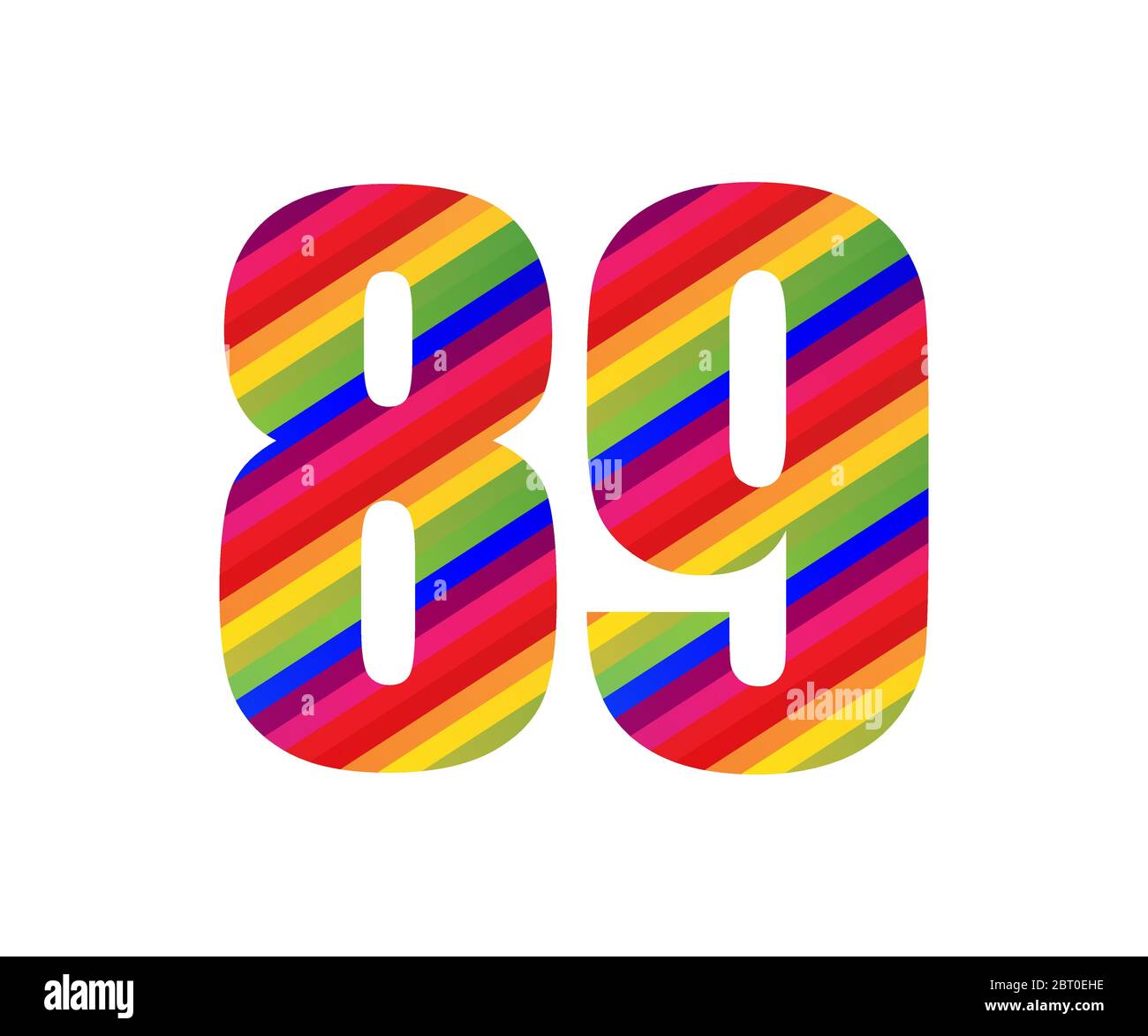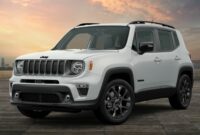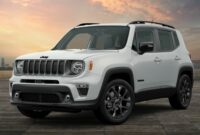89 Jeep Wrangler For Sale: Your Ultimate Guide to Buying and Selling a Classic Off-Roader sale.truckstrend.com
The year 1989 holds a special place in the hearts of Jeep enthusiasts. It marks a pivotal moment in the lineage of the iconic Wrangler, specifically the YJ generation. For many, the prospect of an "89 Jeep Wrangler For Sale" isn’t just about acquiring a vehicle; it’s about owning a piece of automotive history, a symbol of rugged independence, and an invitation to adventure. Whether you’re a seasoned off-roader, a collector, or someone looking for a unique daily driver, understanding the nuances of buying or selling an ’89 YJ is crucial. This comprehensive guide will navigate you through everything you need to know, from its unique characteristics to practical advice on securing your dream rig or finding its next proud owner.
The Enduring Allure of the 1989 Jeep Wrangler (YJ)
89 Jeep Wrangler For Sale: Your Ultimate Guide to Buying and Selling a Classic Off-Roader
The Jeep Wrangler YJ, produced from 1987 to 1995, famously broke from tradition by introducing rectangular headlights – a feature that initially polarized purists but has since become a distinctive marker of its era. The 1989 model year is particularly representative of the YJ’s core identity: a blend of the rugged simplicity of its CJ predecessors with subtle modern refinements. While it retained the solid axles and leaf spring suspension that defined Jeeps for decades, it also offered a more comfortable ride and improved on-road manners compared to the CJ.
For those searching for an "89 Jeep Wrangler For Sale," the appeal lies in its mechanical simplicity, robust build, and immense customizability. These Jeeps are known for their go-anywhere capability, their strong community support, and the relatively straightforward nature of repairs and modifications. It’s a vehicle that begs to be driven, modified, and enjoyed, making it a highly desirable classic for a wide range of enthusiasts.
What to Look For When Buying an ’89 Jeep Wrangler
Acquiring an ’89 YJ can be an incredibly rewarding experience, but it requires careful inspection. Given its age, condition varies wildly. Here’s a detailed checklist for potential buyers:
1. Rust: The Ultimate Deal-Breaker
Rust is the primary enemy of any vintage vehicle, and the YJ is no exception.
- Frame: Inspect the frame rails thoroughly, especially near the control arm mounts, skid plates, and suspension components. Look for soft spots, bubbling, or patches.
- Body Tubs: Check the floorboards (under the carpet), rocker panels, and wheel wells. Water tends to collect in these areas.
- Fenders & Grille: Rust can also appear where the fenders meet the grille and in the rear quarter panels.
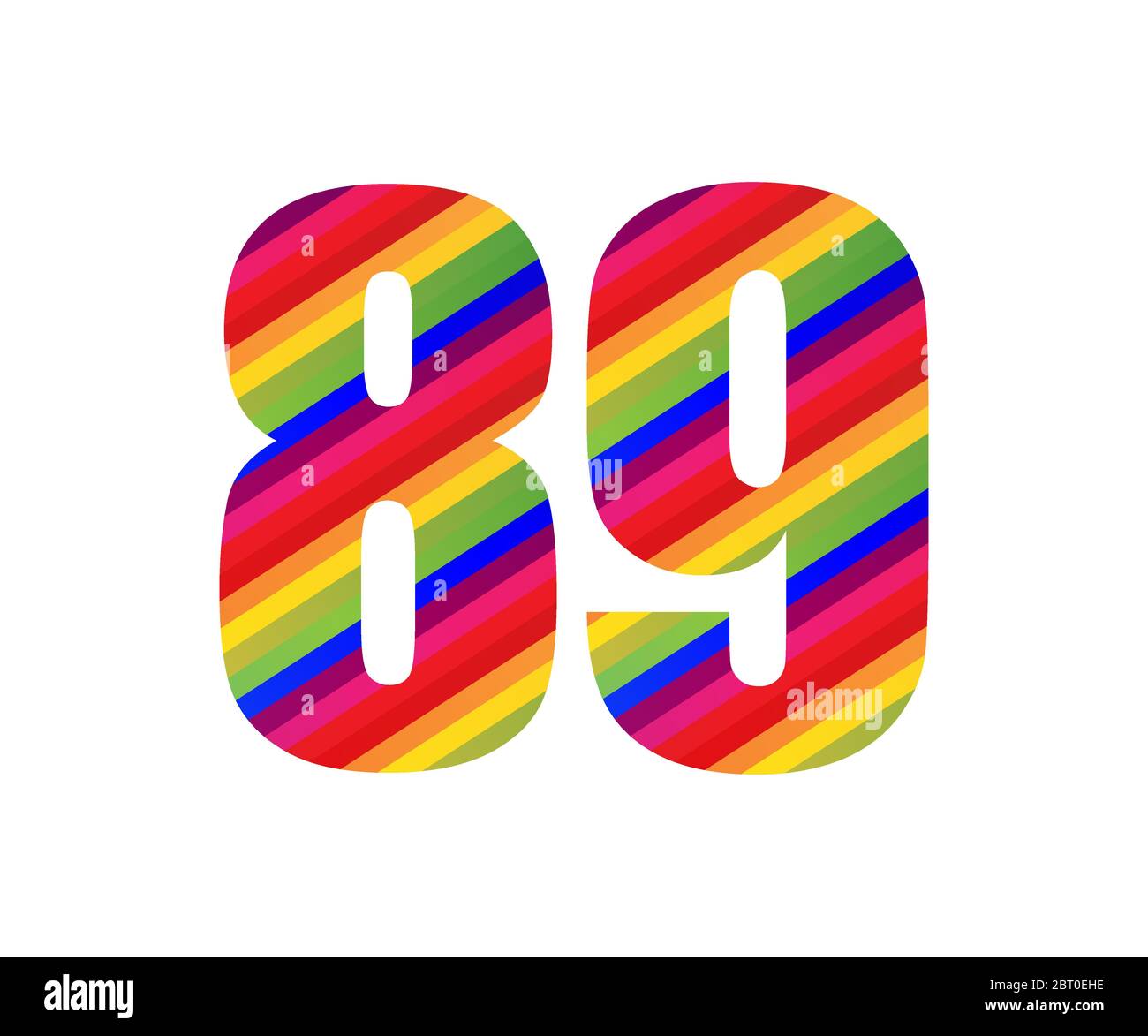
2. Engine Condition: The Heartbeat of Your Jeep
The 1989 YJ predominantly came with two engine options:
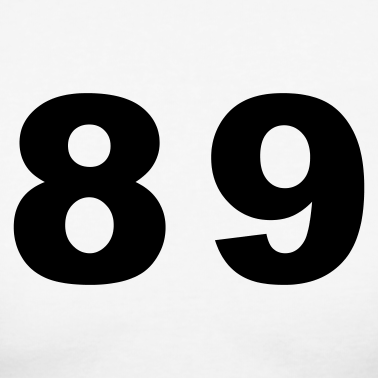
- 4.2L (258 cu in) AMC Inline-Six (I6): This carbureted engine is known for its torque and durability. Listen for knocking, excessive smoke, or rough idling. Check for oil leaks around the valve cover, oil pan, and rear main seal. While reliable, the carburetor can be finicky; many owners convert to fuel injection (e.g., Howell TBI) for improved performance and reliability.
- 2.5L AMC Inline-Four (I4): A more fuel-efficient but less powerful option. Similar checks for leaks and unusual noises apply.
- General: Check the oil and coolant for proper levels and contamination. Look for signs of overheating.

3. Transmission & Transfer Case
- Manual Transmissions: The AX-5 (paired with the 2.5L) and AX-15 (paired with the 4.2L in late ’89, more common in ’90+) are generally robust. Test shifting through all gears, listen for grinding or popping out of gear.
- Automatic Transmission: The Torqueflite 999 (TF999) is a reliable three-speed auto. Check fluid levels and color. Ensure smooth shifts.
- Transfer Case: The NP231 (Command-Trac) is common and durable. Engage 4HI and 4LO to ensure they shift smoothly and engage properly. Listen for clunking or grinding.
4. Axles & Suspension
- Axles: The Dana 30 front and Dana 35 rear (AMC 20 on earlier YJs, but ’89 is typically D35) are standard. Check for leaks around the differential covers and axle seals.
- Suspension: The leaf spring suspension is simple but inspect the springs for sagging or cracks. Check shackles, bushings, and shock absorbers for wear or damage.
5. Electrical System
Older Jeeps can suffer from electrical gremlins. Test all lights, gauges, wipers, heater, and radio. Look for frayed wires or aftermarket wiring nightmares.
6. Interior & Top
Assess the condition of the seats, dashboard, and floor. Check for water leaks around the doors and windshield. If it comes with a soft top, inspect for tears, cloudy windows, and proper zipper function. A hardtop is a significant bonus for security and weather protection.
7. Aftermarket Modifications
Many YJs have been modified. Assess the quality of these modifications. A poorly installed lift kit or mismatched components can lead to safety issues and costly repairs. Conversely, well-executed upgrades (like a fuel injection conversion or quality suspension lift) can add value.
The Ownership Experience: Benefits and Challenges
Owning an ’89 Jeep Wrangler is a unique journey.
Benefits:
- Unmatched Customization: The aftermarket for YJs is vast, allowing for endless personalization.
- Off-Road Prowess: Despite its age, a well-maintained YJ remains a highly capable off-road machine.
- Mechanical Simplicity: Many repairs can be done by a DIY enthusiast with basic tools, saving on labor costs.
- Strong Community: A passionate and helpful community of YJ owners offers support, advice, and camaraderie.
- Classic Appeal: It stands out from the crowd, evoking a sense of nostalgia and adventure.
- Value Retention: Well-preserved or tastefully modified YJs tend to hold their value well, sometimes even appreciating.
Challenges:
- Fuel Economy: Don’t expect hybrid-like MPG. The 4.2L is notoriously thirsty.
- Comfort: It’s a Jeep, not a luxury sedan. The ride can be bouncy, and road noise is significant.
- Rust Management: Ongoing vigilance is required to prevent and address rust.
- Age-Related Wear: Components will inevitably wear out, requiring regular maintenance and replacement.
- Safety Features: Lacks modern safety features like airbags or ABS.
Preparing Your ’89 Jeep Wrangler for Sale
If you’re planning to list your "89 Jeep Wrangler For Sale," presentation is key to attracting serious buyers and getting a fair price.
- Thorough Cleaning: A detailed cleaning, inside and out, can significantly improve first impressions. Clean the engine bay, wash and wax the exterior, vacuum the interior, and clean all windows.
- Address Minor Issues: Fix small, inexpensive problems like burnt-out bulbs, non-working gauges, or minor fluid leaks. These small fixes signal to a buyer that the vehicle has been cared for.
- Gather Records: Compile all maintenance records, repair receipts, and modification documentation. This transparency builds trust and can justify your asking price.
- High-Quality Photos: Take numerous clear, well-lit photos from various angles. Include interior shots, engine bay, undercarriage (highlighting frame condition), and any modifications. Show both soft and hard tops if applicable.
- Be Honest About Condition: Disclose any known flaws or issues. Buyers appreciate honesty, and it prevents issues down the line.
- Set a Realistic Price: Research comparable sales in your area and online. Factor in condition, mileage, modifications, and engine type.
Pricing Your ’89 Jeep Wrangler: Factors and Considerations
The price of an "89 Jeep Wrangler For Sale" can fluctuate wildly based on several key factors. Understanding these will help both buyers and sellers arrive at a fair valuation.
- Overall Condition: This is the most significant factor. A rust-free, well-maintained YJ in excellent mechanical and cosmetic condition will command a premium. Conversely, a rusty, non-running project will be priced significantly lower.
- Mileage: Lower mileage generally correlates with a higher price, assuming the vehicle has been maintained.
- Engine Type: While the 4.2L is common, one that has been converted to fuel injection often fetches more due to improved performance and reliability.
- Modifications: Tasteful and well-executed modifications (e.g., quality lift kit, upgraded axles, winch) can add value. Poorly done or extreme modifications might deter some buyers or even decrease value if they limit usability.
- Top Configuration: A hardtop generally adds value due to its cost and versatility. The condition of the soft top is also important.
- Location: Market demand can vary by region.
- Documentation: Comprehensive service records increase buyer confidence and value.
Estimated Price Guide for 1989 Jeep Wrangler (YJ)
This table provides a general idea of what you might expect for an ’89 Jeep Wrangler, but prices can vary based on specific market conditions and individual vehicle nuances.
| Condition | Engine | Mileage Range | Key Features/Modifications | Estimated Price Range (USD) |
|---|---|---|---|---|
| Project/Poor | 2.5L/4.2L | 150,000+ | Significant rust, non-running, major mechanical issues, incomplete | $1,500 – $4,000 |
| Fair | 2.5L/4.2L | 120,000 – 180,000 | Moderate rust, needs repairs, worn interior, stock/minor issues | $4,000 – $8,000 |
| Good | 2.5L/4.2L | 90,000 – 150,000 | Minor rust, runs well, decent interior, potentially tasteful mods | $8,000 – $14,000 |
| Excellent | 4.2L (FI Conv.)/2.5L | 60,000 – 120,000 | Minimal/no rust, strong engine, clean interior, well-maintained, quality mods | $14,000 – $22,000+ |
| Show Quality/Restored | 4.2L (Original/FI) | Varies | Meticulously restored, concours condition, period-correct or high-end mods | $22,000 – $35,000+ |
Note: Prices are estimates and can fluctuate based on market demand, region, and specific vehicle history.
Conclusion: Embracing the YJ Legacy
The "89 Jeep Wrangler For Sale" isn’t just a classified ad; it’s an opportunity. For buyers, it’s a chance to acquire a rugged, customizable, and historically significant vehicle that promises countless adventures. For sellers, it’s about passing on a piece of that legacy to someone who will appreciate its unique charm and capabilities. By understanding the critical inspection points, embracing the ownership experience, and approaching the buying or selling process with informed decisions, you can ensure a successful transaction and continue the enduring story of the iconic 1989 Jeep Wrangler YJ.
Frequently Asked Questions (FAQ) about 1989 Jeep Wrangler For Sale
Q1: Is the ’89 Jeep Wrangler reliable?
A1: With proper maintenance, the ’89 YJ can be quite reliable. Its mechanical simplicity makes it relatively easy to diagnose and repair. However, being over 30 years old, components will wear out, and regular attention is required. The 4.2L carbureted engine can be finicky but is known for its durability.
Q2: What are the most common rust spots on an ’89 YJ?
A2: The most common rust spots are the frame (especially near the skid plate and suspension mounts), floorboards (under the carpet), rocker panels, rear quarter panels, and the area where the front fenders meet the grille. Thorough inspection is critical.
Q3: Can an ’89 Jeep Wrangler be used as a daily driver?
A3: Yes, an ’89 YJ can be a daily driver, especially if it’s well-maintained or has had a fuel injection conversion. However, be prepared for a less refined ride, higher road noise, and lower fuel economy compared to modern vehicles. It’s best suited for those who appreciate its unique character and are willing to accept its quirks.
Q4: What’s the difference between the 4.2L and 4.0L engine, and which one does the ’89 have?
A4: The 1989 Jeep Wrangler primarily came with the 4.2L (258 cubic inch) carbureted inline-six engine or the 2.5L inline-four. The more powerful and fuel-injected 4.0L inline-six was introduced in the 1991 model year for the YJ, so an ’89 will only have a 4.0L if it was swapped in by a previous owner.
Q5: Are parts hard to find for an ’89 YJ?
A5: Generally, no. Thanks to its popularity and long production run, many parts for the YJ are still readily available from aftermarket suppliers and even some OEM sources. The strong enthusiast community also helps with finding obscure parts or advice on alternatives.
Q6: What kind of fuel economy can I expect from an ’89 YJ?
A6: Fuel economy is not a strong suit of the ’89 YJ. The 4.2L carbureted engine typically gets between 12-16 MPG, depending on driving conditions, tire size, and vehicle modifications. The 2.5L might offer slightly better mileage, but don’t expect much more than 15-18 MPG.
Q7: What does "YJ" stand for?
A7: "YJ" is simply the internal Chrysler/Jeep code for the first generation of the Wrangler, produced from 1987 to 1995. Each subsequent generation also has a two-letter code (e.g., TJ, JK, JL).

